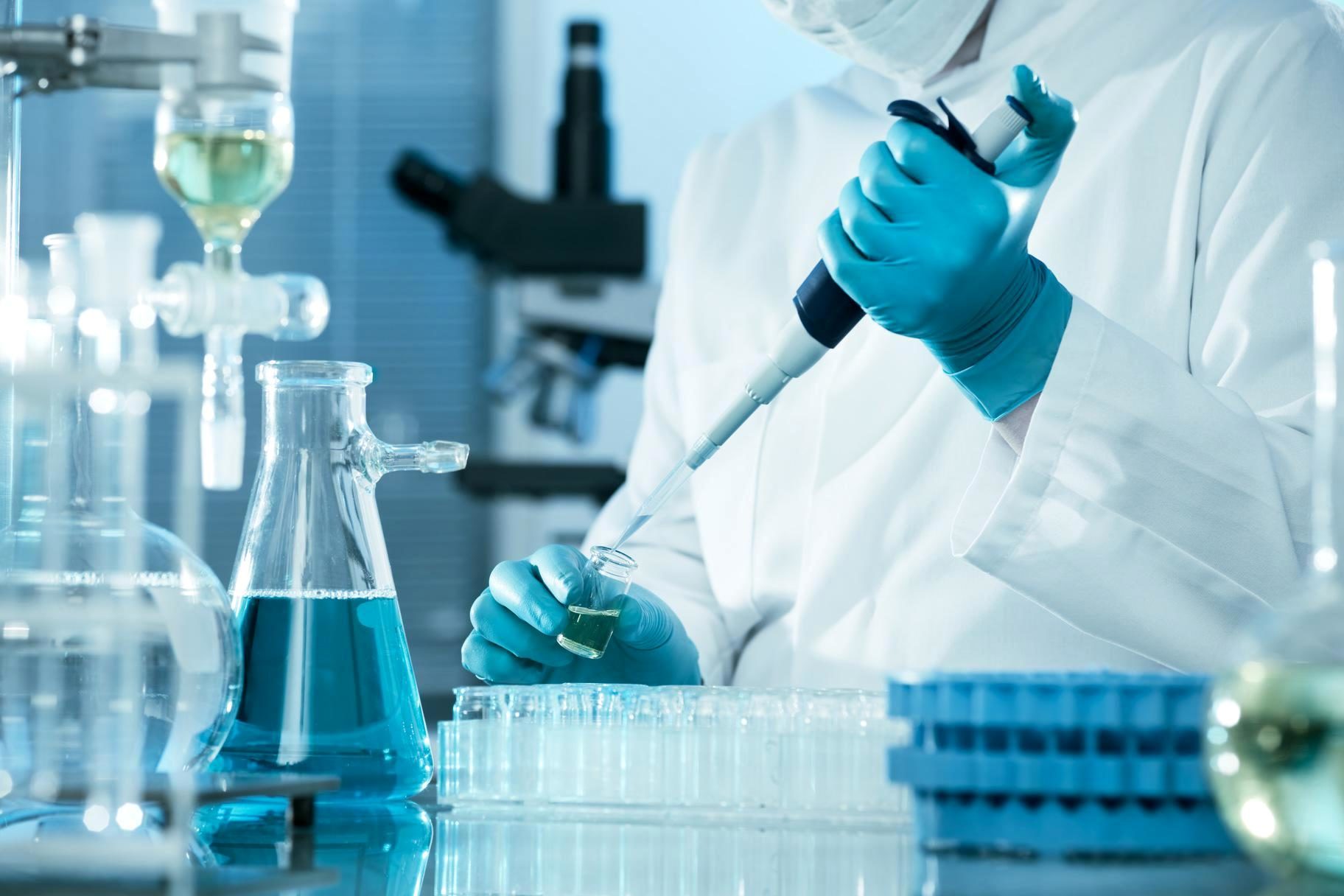DIN EN 50393 Cable Insulation Chemical Safety Testing
The DIN EN 50393 series of standards is a crucial set for the electrical industry, particularly in ensuring that cable insulation materials meet stringent chemical safety requirements. This standard is designed to protect users and the environment from potential hazards associated with the chemicals used within or on cables. Compliance with these regulations is essential for manufacturers who want to ensure their products are safe and reliable.
The testing procedures outlined in DIN EN 50393 involve a series of chemical tests aimed at assessing the resistance of cable insulation materials to various solvents, acids, alkalis, and other chemicals that may come into contact with them during use. This is critical because it ensures that even if there are minor breaches or wear-and-tear, the insulation remains intact and does not release harmful substances.
These tests are particularly important in sectors like automotive, where cables are exposed to a wide range of environmental conditions, including high temperatures, mechanical stresses, and chemical exposure. The standards help prevent failures that could lead to fires, electrical shocks, or other safety issues. Additionally, they contribute to the overall sustainability of products by promoting the use of environmentally friendly materials.
The testing process typically involves several steps. First, a sample of the cable insulation is prepared according to specified dimensions and conditions. Then, it undergoes exposure to different chemicals under controlled temperature and time parameters. After exposure, the samples are evaluated for changes in their physical properties such as hardness, tensile strength, elongation at break, and any visual or chemical changes.
These tests are not only essential for new product development but also critical for ongoing quality control and maintenance of existing products. They help ensure that the cable insulation remains safe and effective over its entire lifecycle. Compliance with DIN EN 50393 is a requirement in many countries, especially those adhering to European Union directives.
Understanding the specifics of these tests requires knowledge of the relevant chemical environments cables might encounter. For instance, in automotive applications, cables may be exposed to engine oils, antifreeze, and other fluids that can degrade insulation materials over time if not properly tested. By conducting thorough DIN EN 50393 tests, manufacturers can identify any potential vulnerabilities early on and address them before they become critical issues.
The importance of these tests cannot be overstated. They serve as a safeguard for both the end-users who rely on cable systems for their daily operations and the broader public who may come into contact with malfunctioning or decommissioned cables. By adhering to DIN EN 50393, manufacturers demonstrate their commitment to safety, quality, and environmental responsibility.
Why It Matters
The chemical safety testing of cable insulation under DIN EN 50393 is vital for several reasons. Primarily, it ensures the long-term reliability and safety of electrical systems in various applications. In industries where cables are exposed to harsh environments or high-stress conditions, such as automotive and aerospace sectors, these tests become particularly critical.
Firstly, compliance with DIN EN 50393 helps manufacturers avoid legal issues and potential product recalls due to non-compliance with safety regulations. This is especially important for companies operating in the European Union or exporting products to EU member states. Secondly, it enhances brand reputation by demonstrating a commitment to quality and safety.
From an operational standpoint, ensuring chemical stability of cable insulation can prevent costly downtime caused by system failures due to material degradation. This not only saves money but also improves overall efficiency in production processes. Additionally, it contributes positively towards corporate social responsibility goals by minimizing environmental impact through the use of safer materials.
- Reduces risk of product recalls and associated costs
- Enhances brand reputation among consumers and regulatory bodies
- Avoids potential liabilities arising from unsafe products
- Promotes sustainable practices by using environmentally friendly materials
In summary, the chemical safety testing of cable insulation under DIN EN 50393 is not just about meeting regulatory requirements; it's about ensuring product integrity and fostering trust between manufacturers and their customers.
Eurolab Advantages
At Eurolab, we bring extensive experience and expertise to every DIN EN 50393 cable insulation chemical safety test. Our team of qualified professionals adheres strictly to the latest versions of these standards, ensuring accurate and reliable results. We use state-of-the-art equipment that guarantees precise measurements and consistent testing conditions.
Our commitment extends beyond just conducting tests; we also offer comprehensive advice on material selection and formulation based on our deep understanding of industry needs. This proactive approach helps clients stay ahead in a rapidly evolving regulatory landscape.
Furthermore, Eurolab ensures swift turnaround times without compromising quality. Our efficient processes allow us to deliver timely reports that are crucial for decision-making purposes like product launches or modifications. By choosing Eurolab, you gain access not only to cutting-edge testing capabilities but also to valuable insights and support throughout your project lifecycle.
With our reputation built on trust and excellence, we stand ready to assist you in navigating the complexities of DIN EN 50393 compliance effectively and efficiently. Together, let's ensure that every product leaving your facility meets the highest standards of safety and quality.





